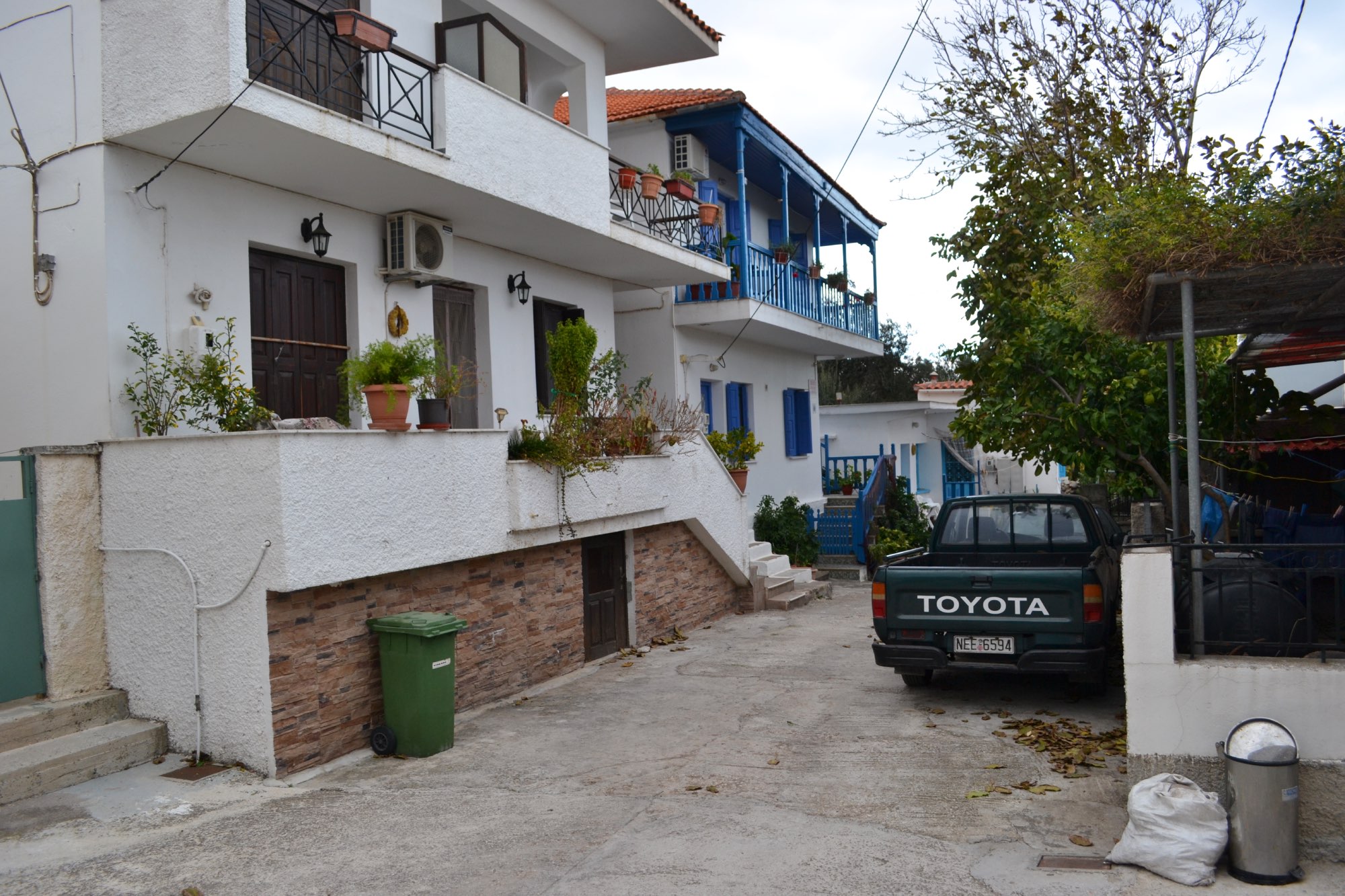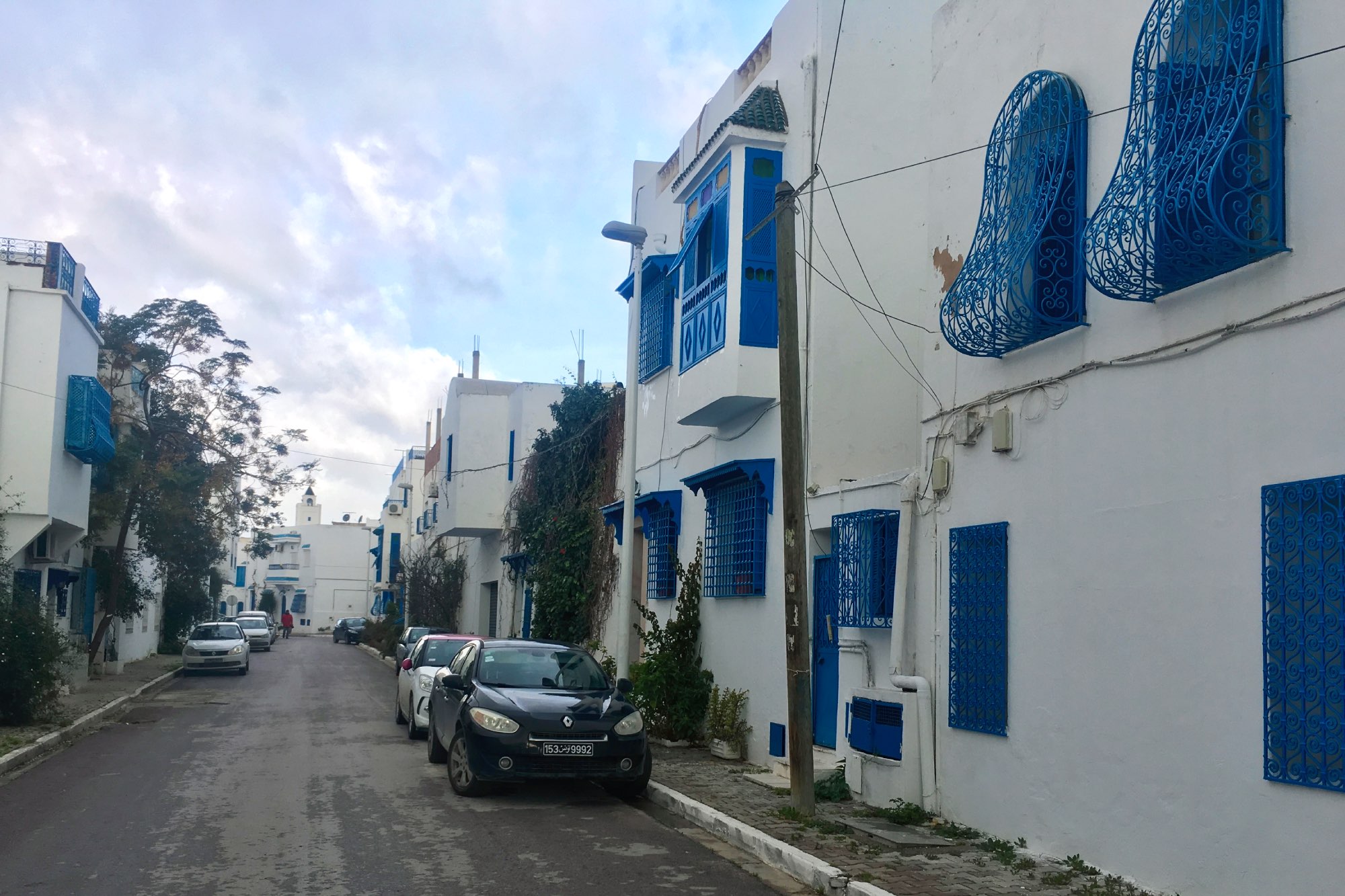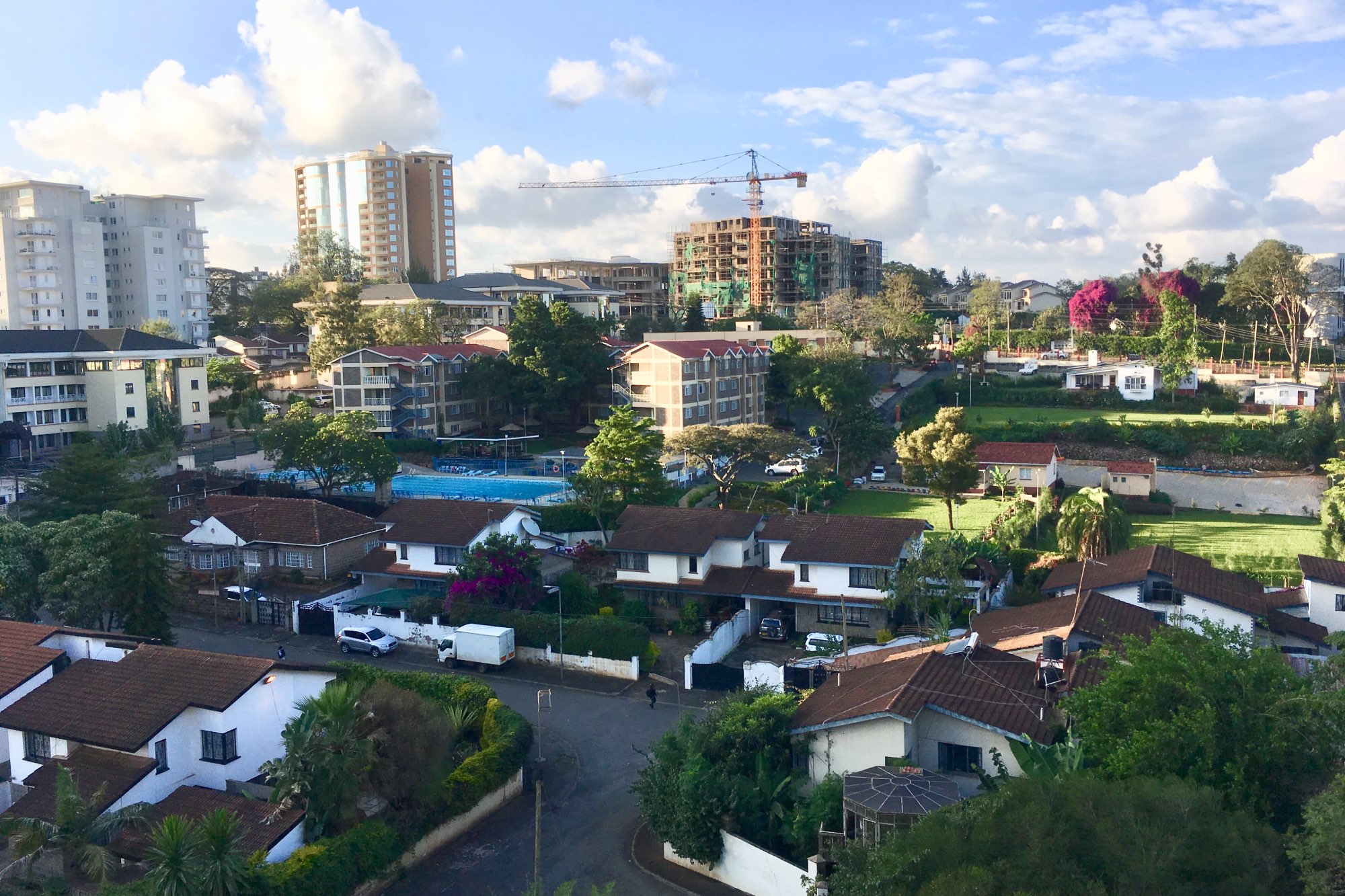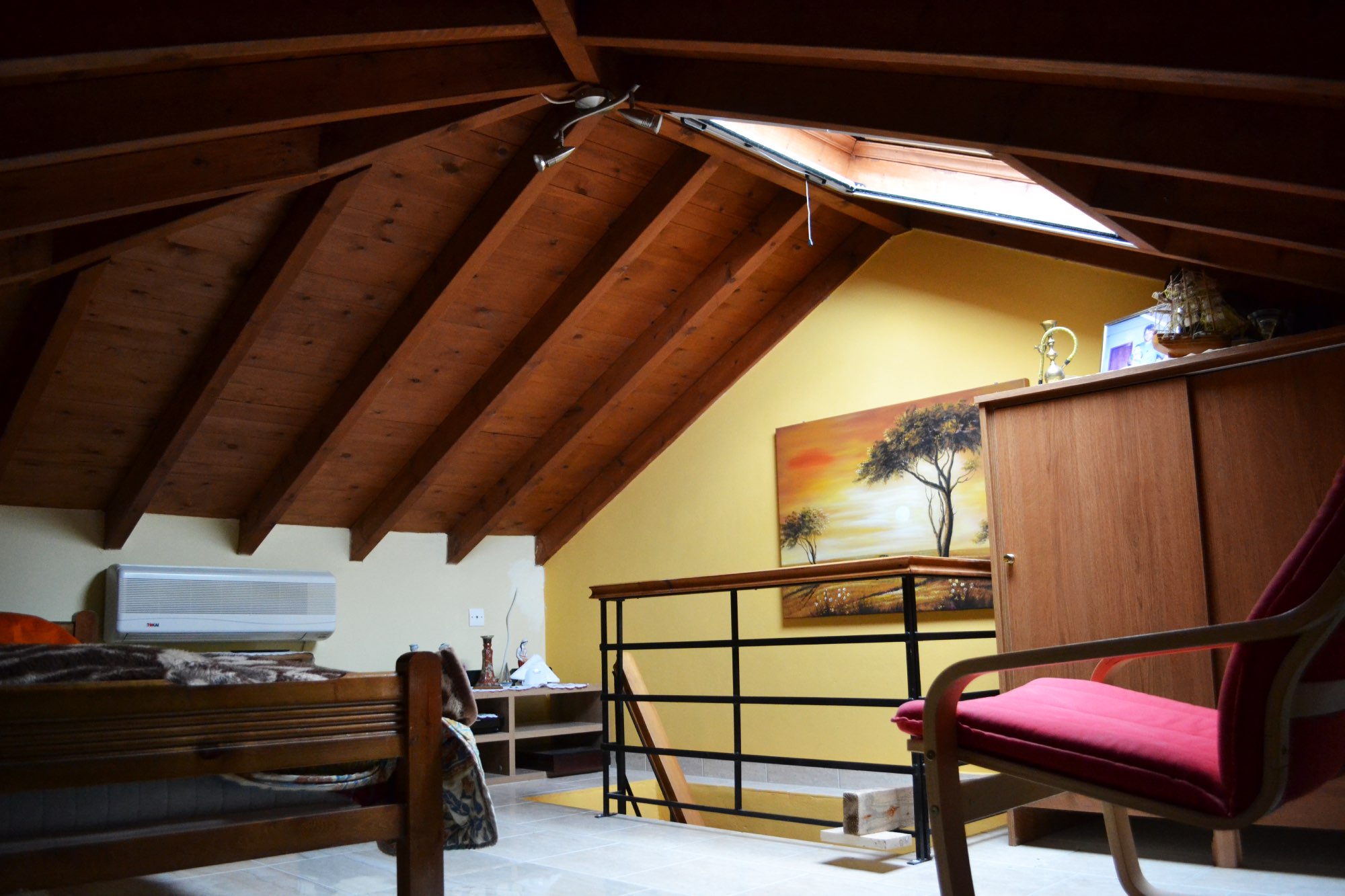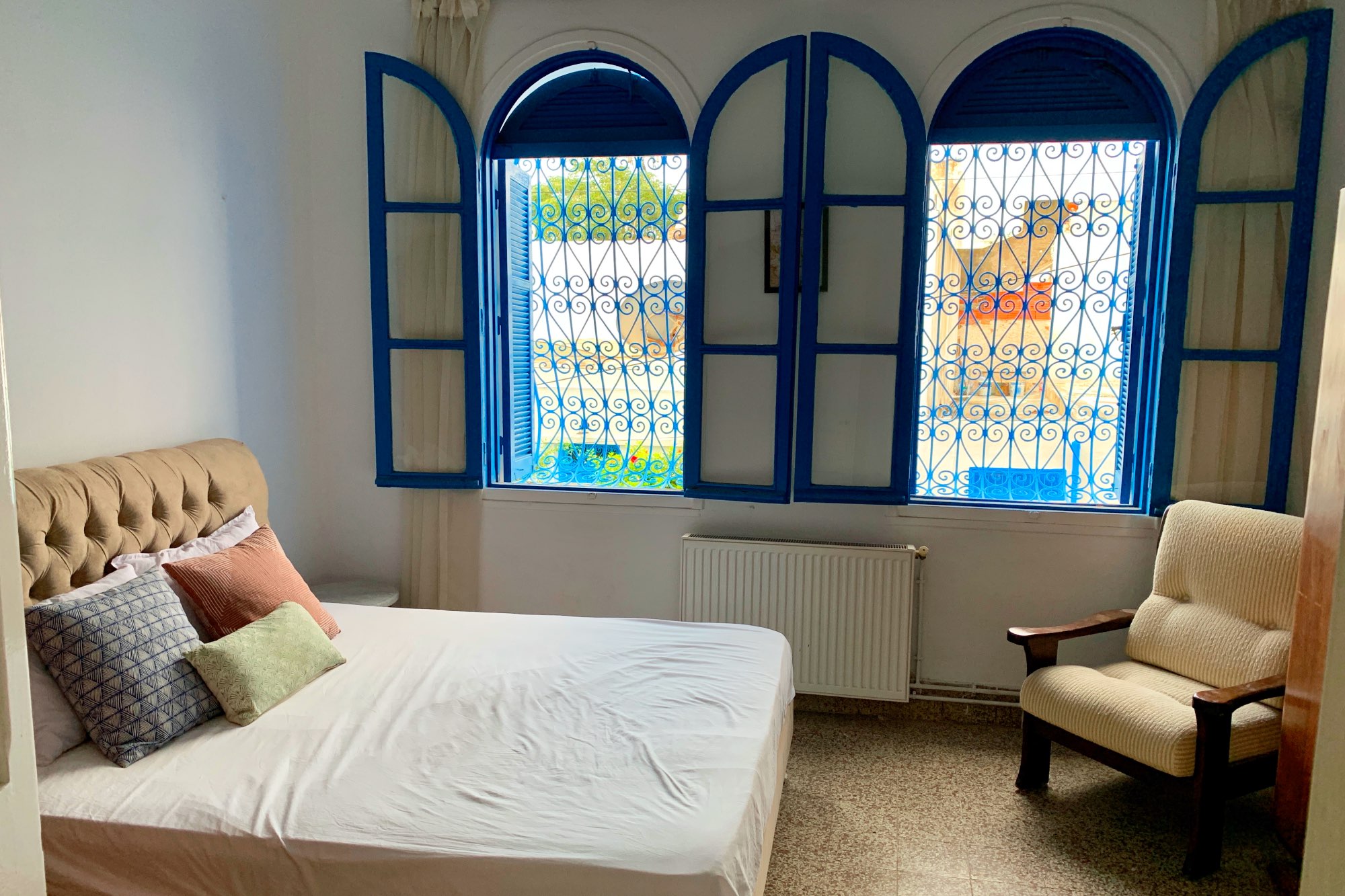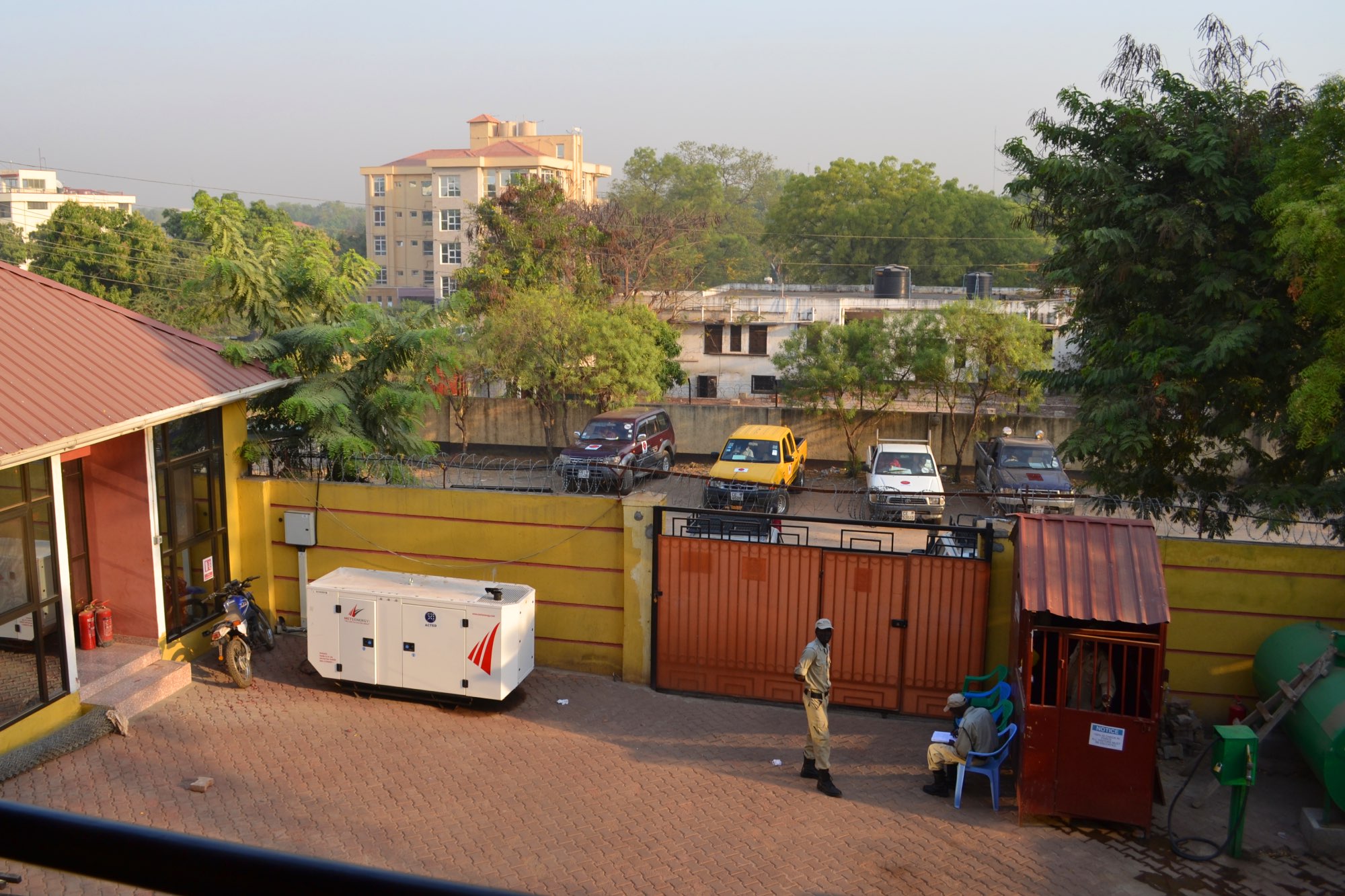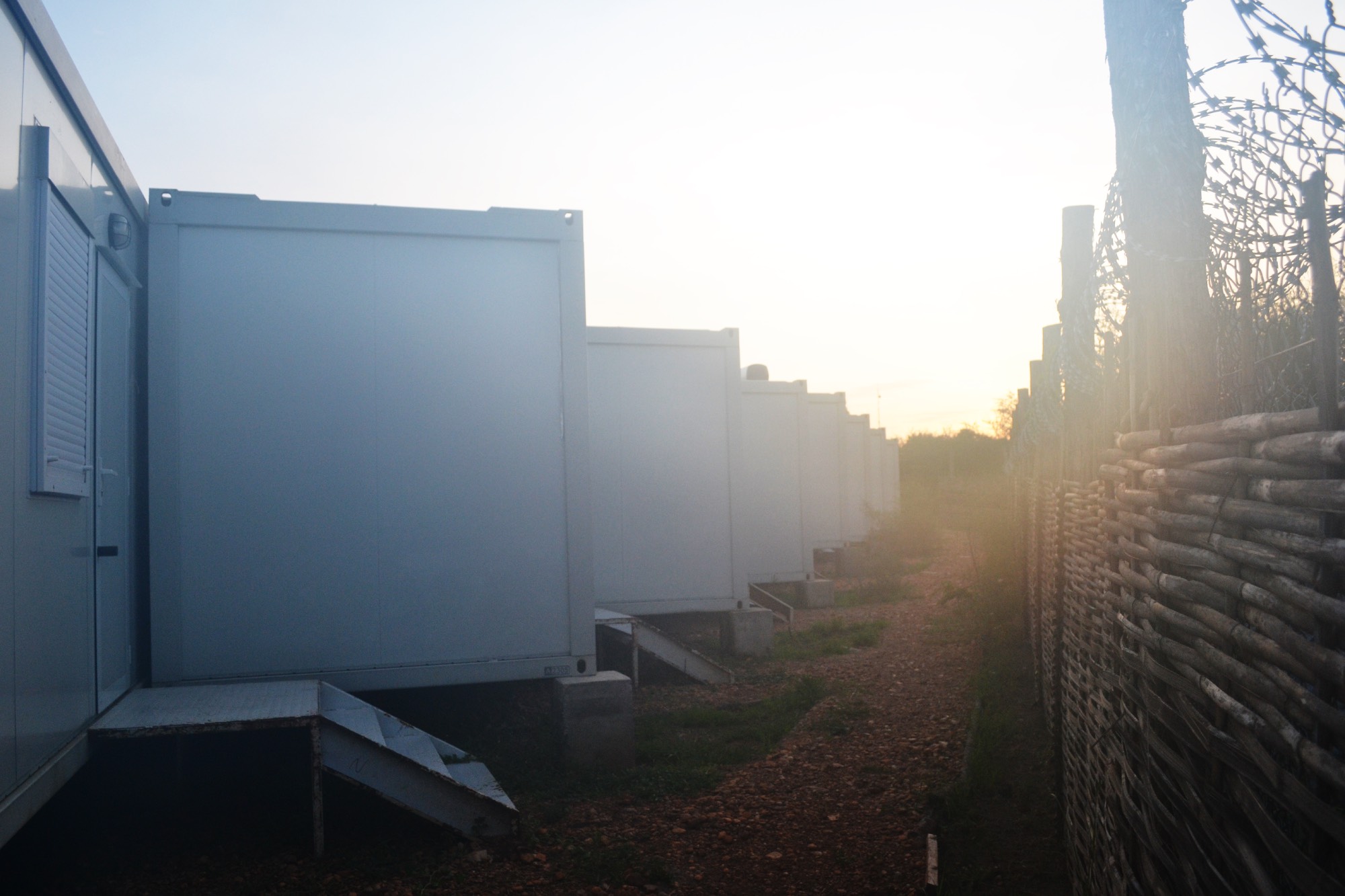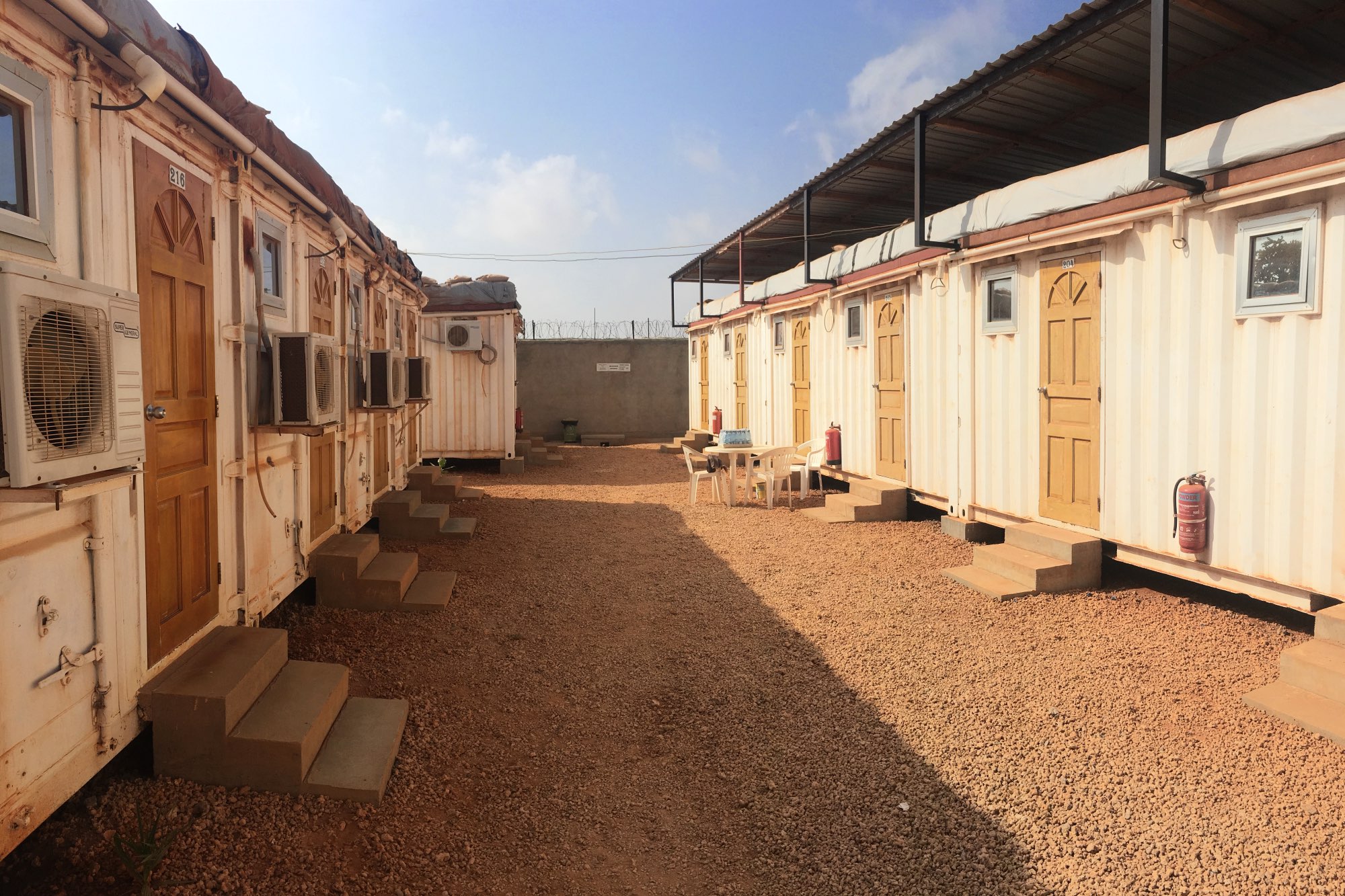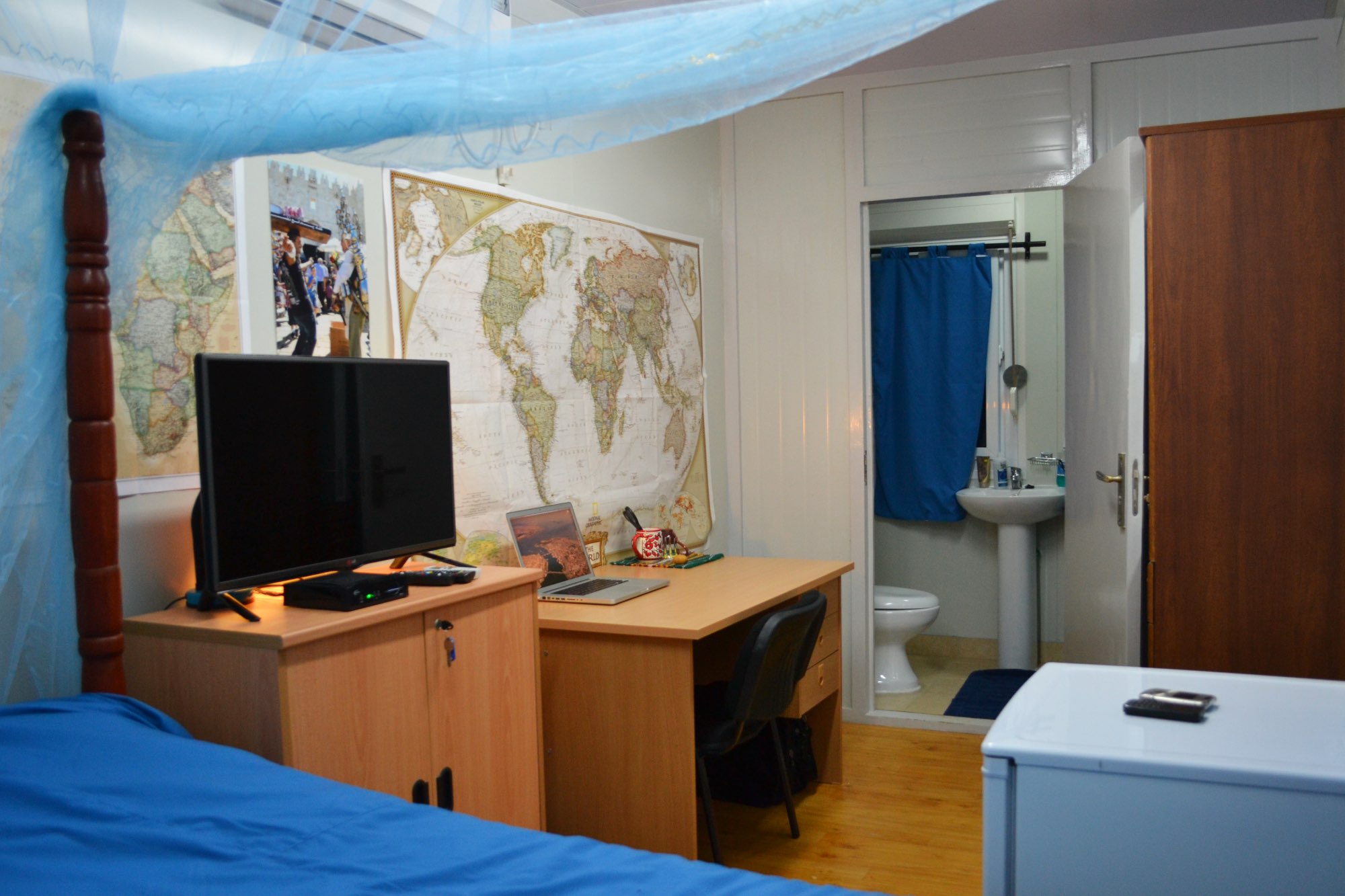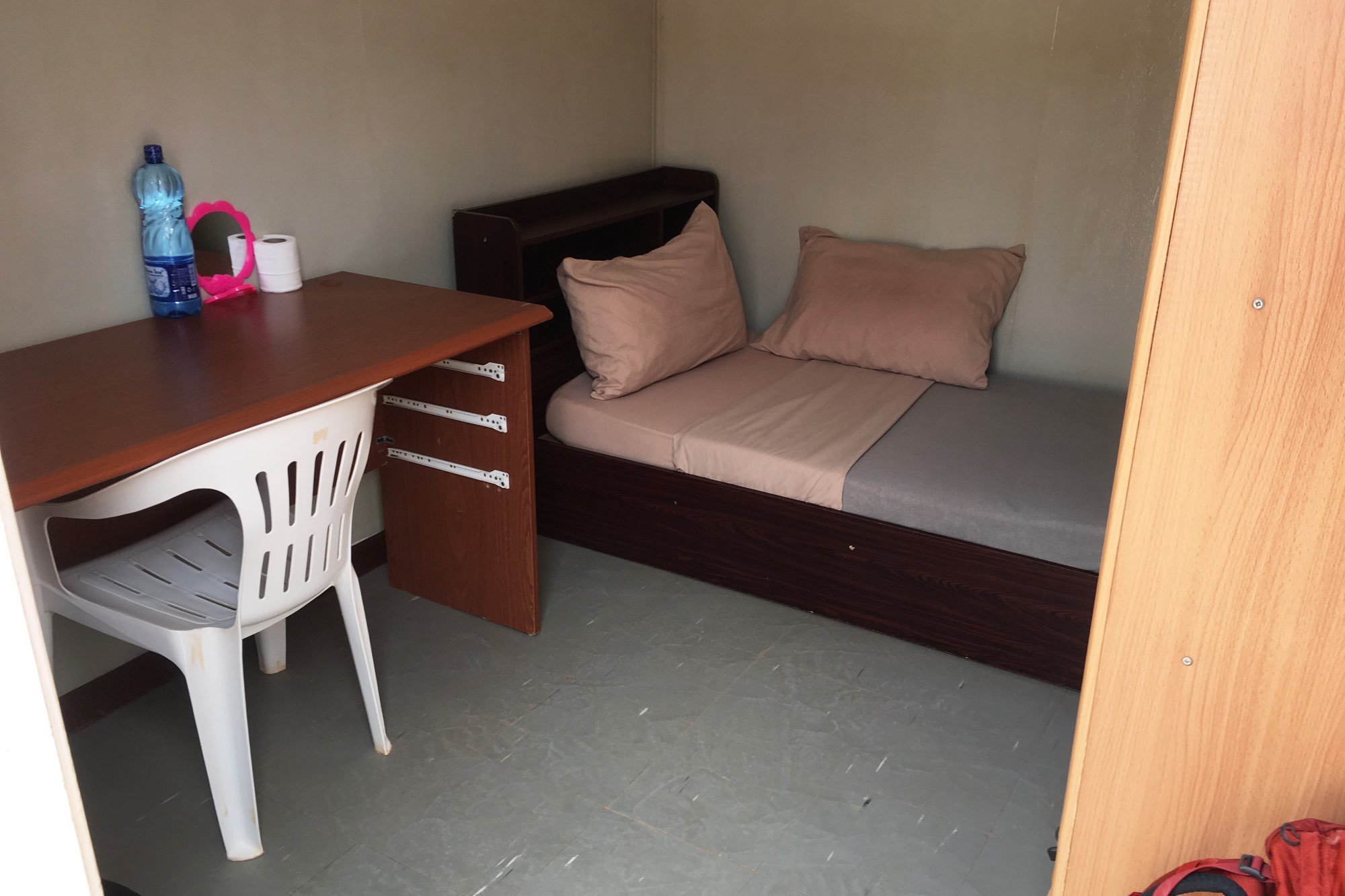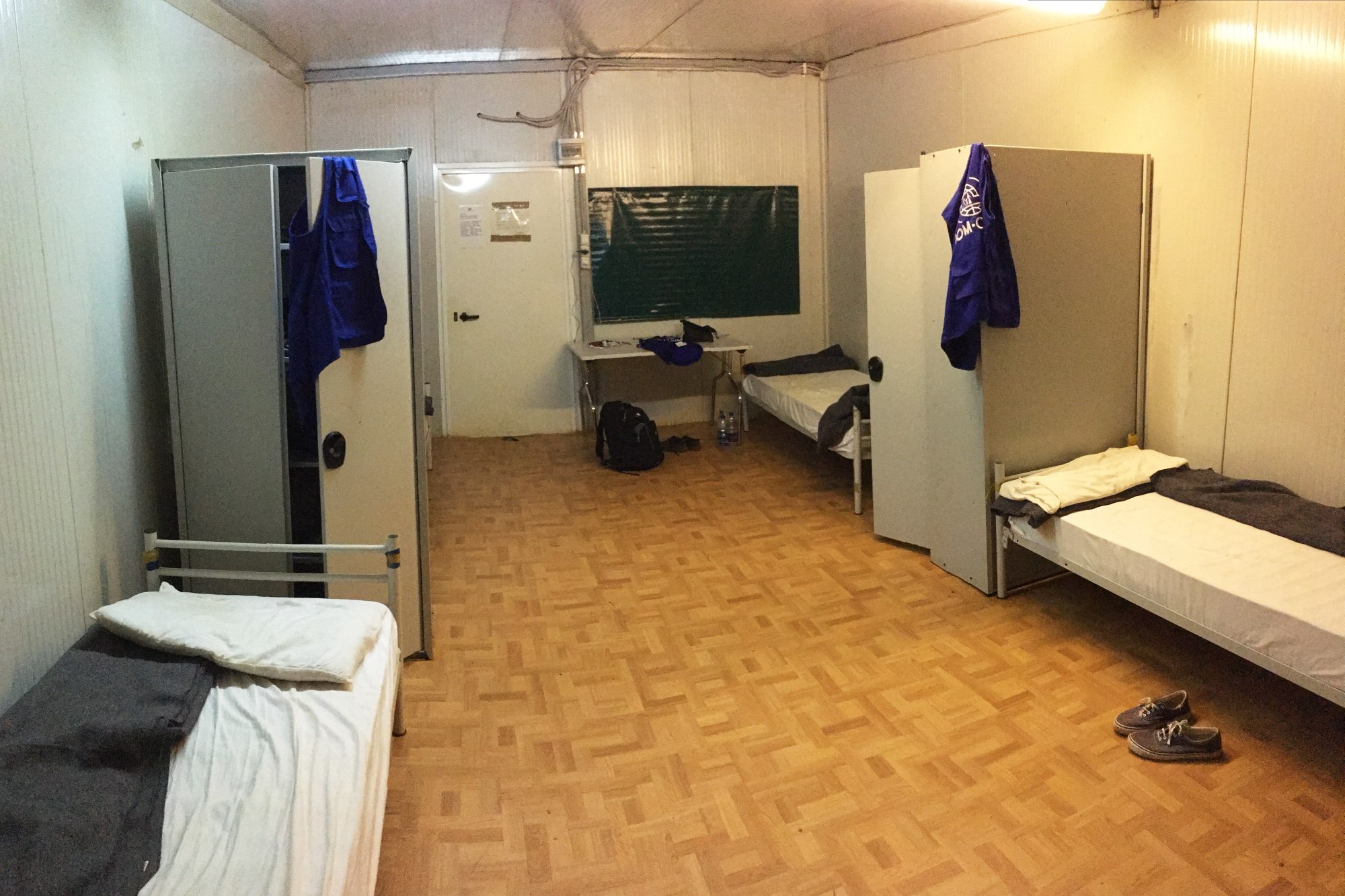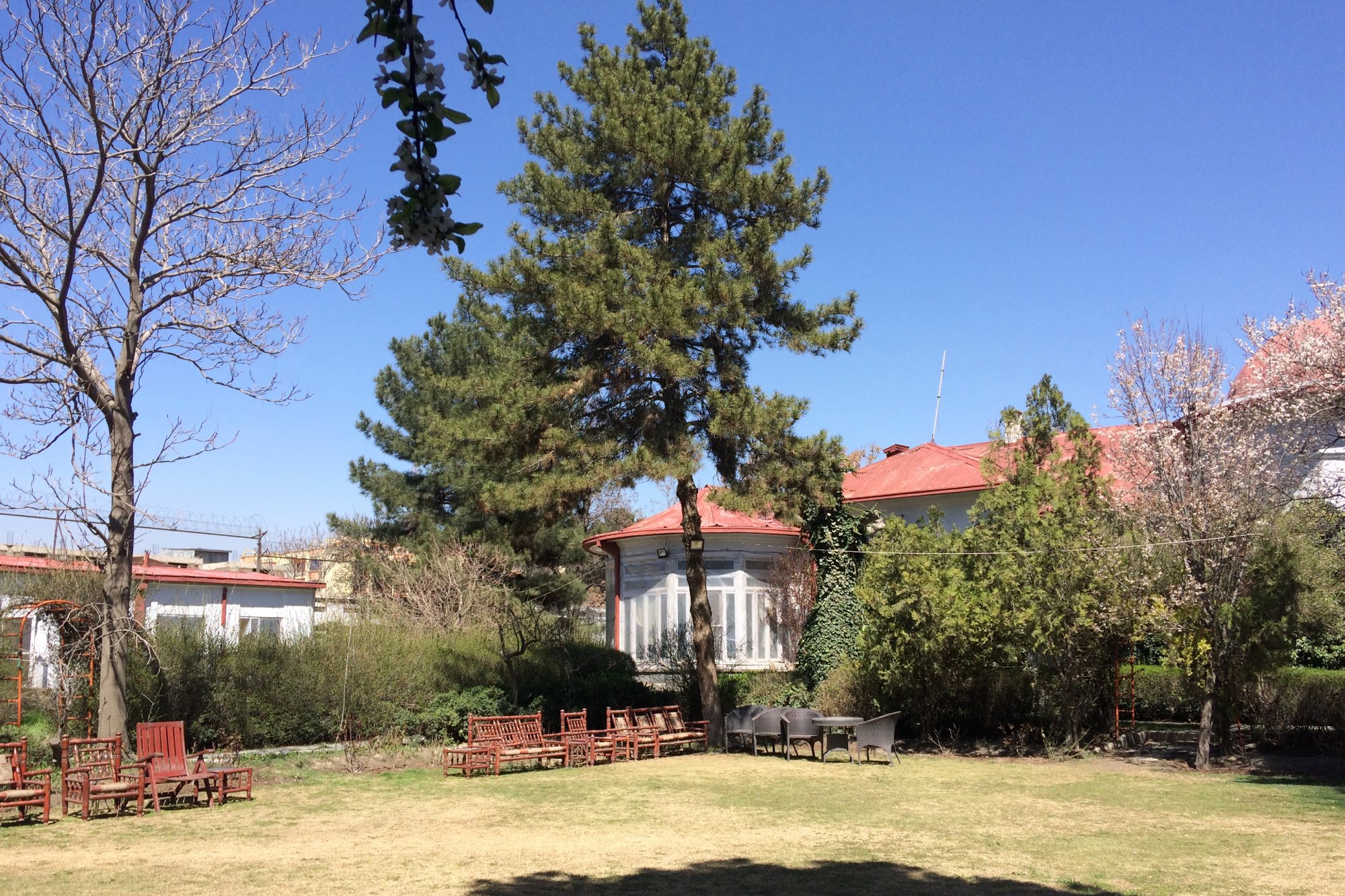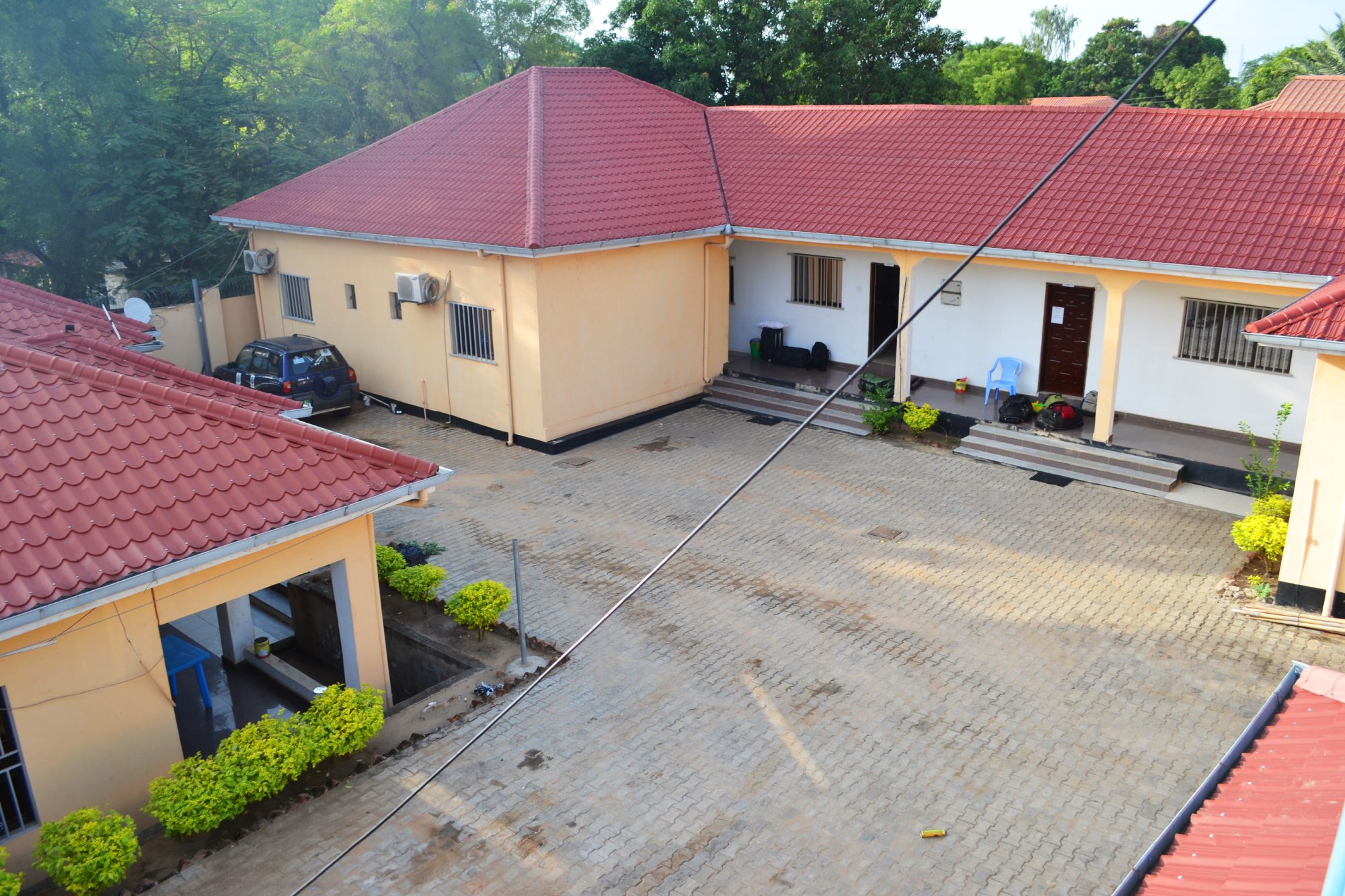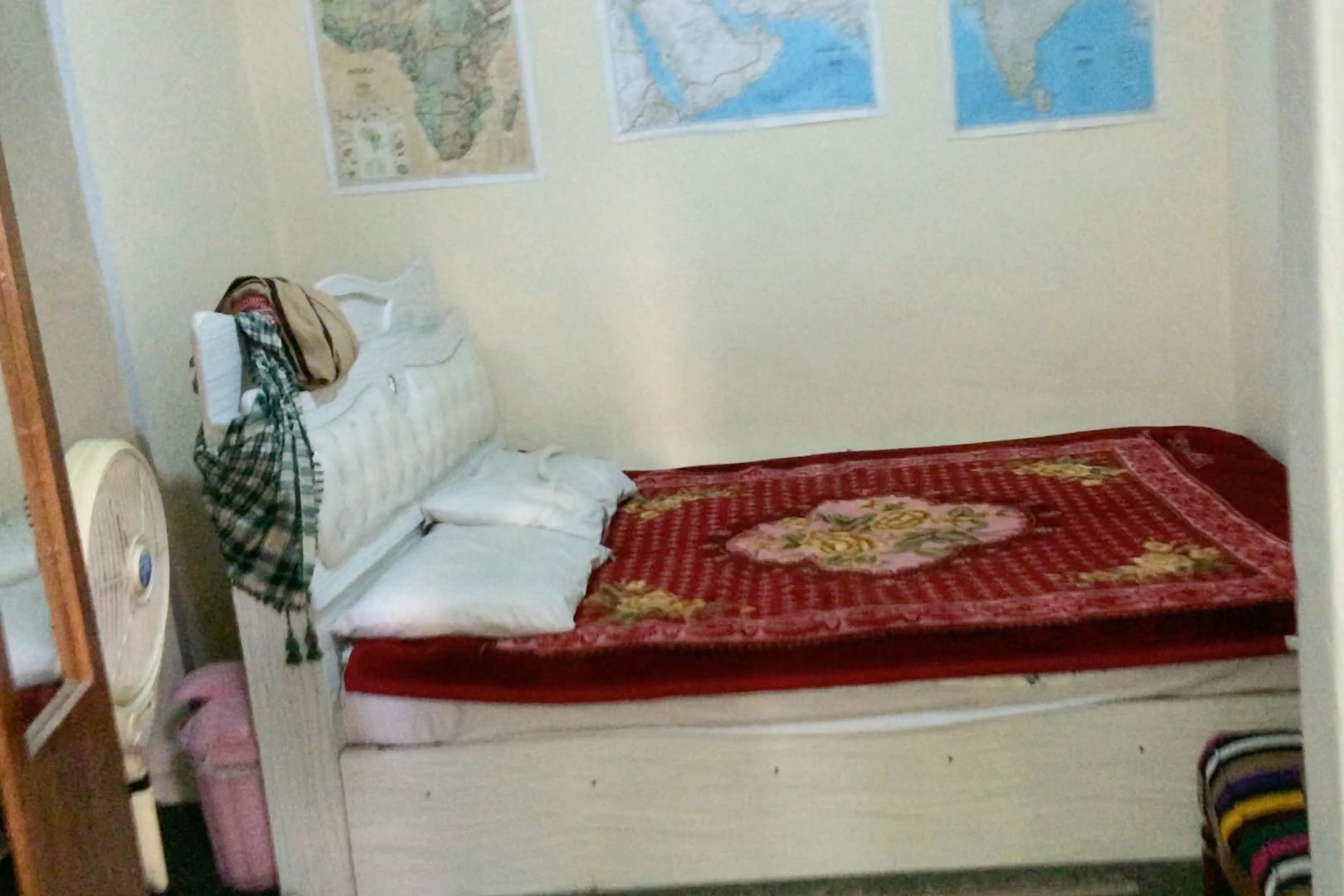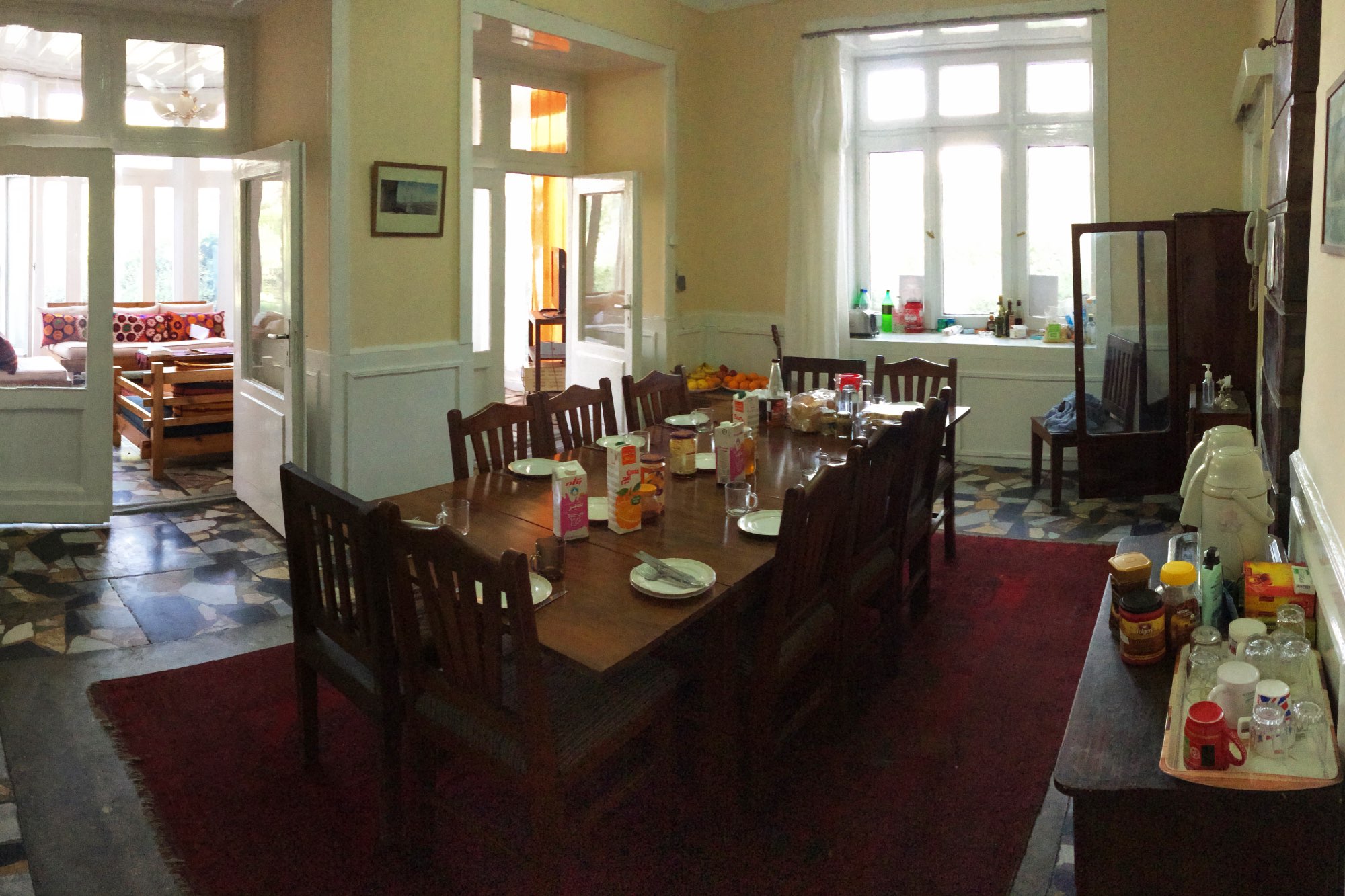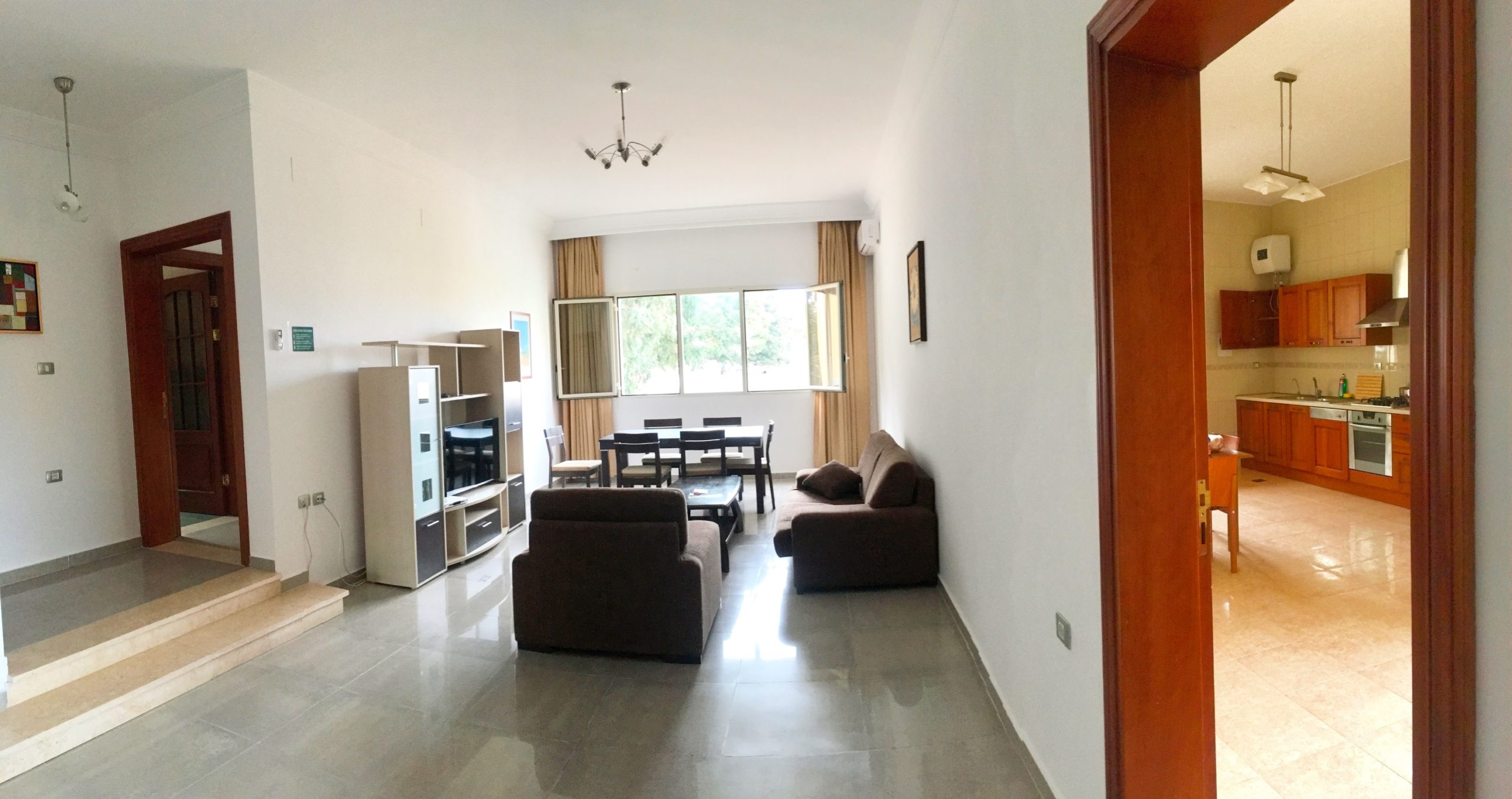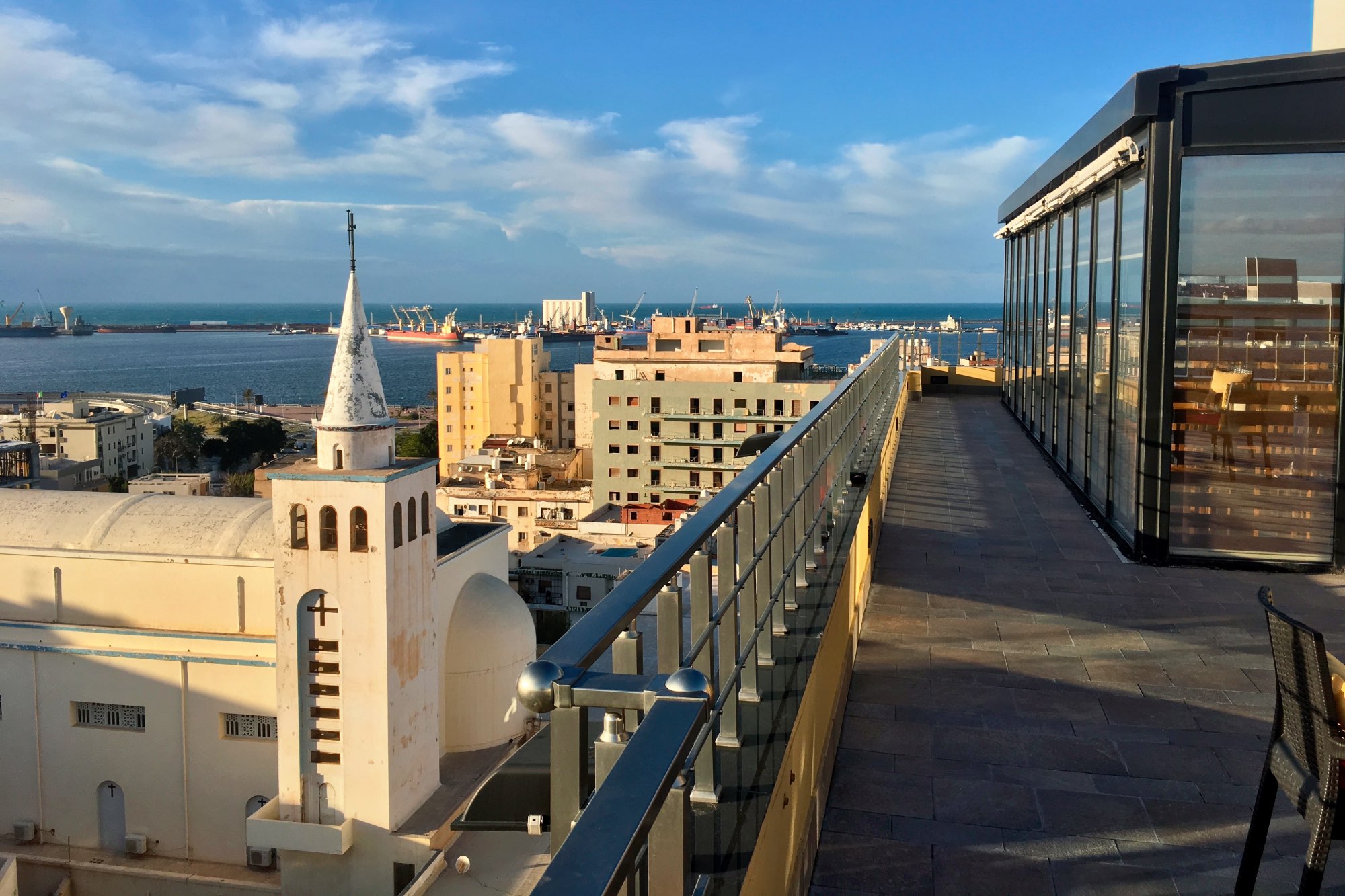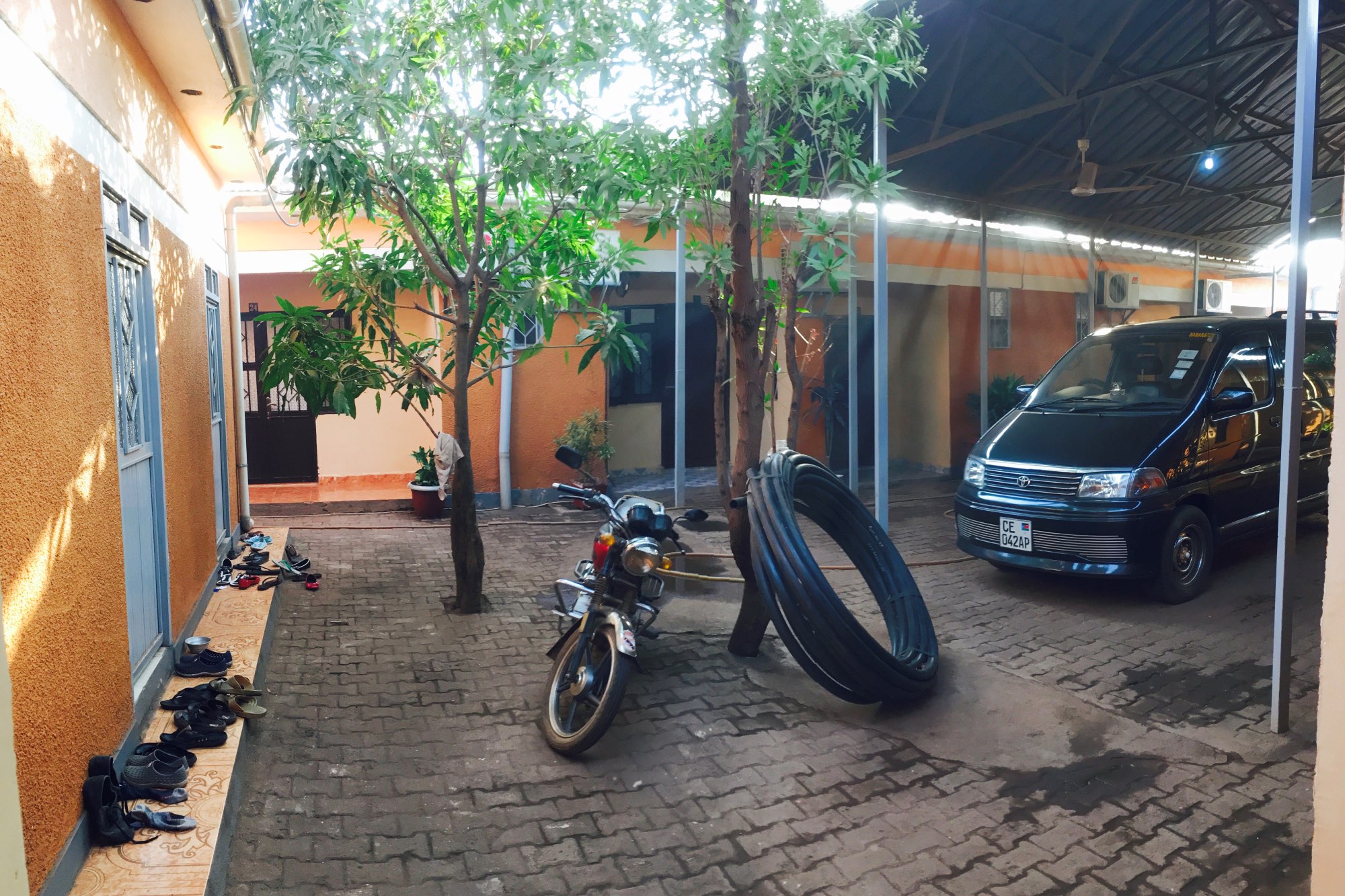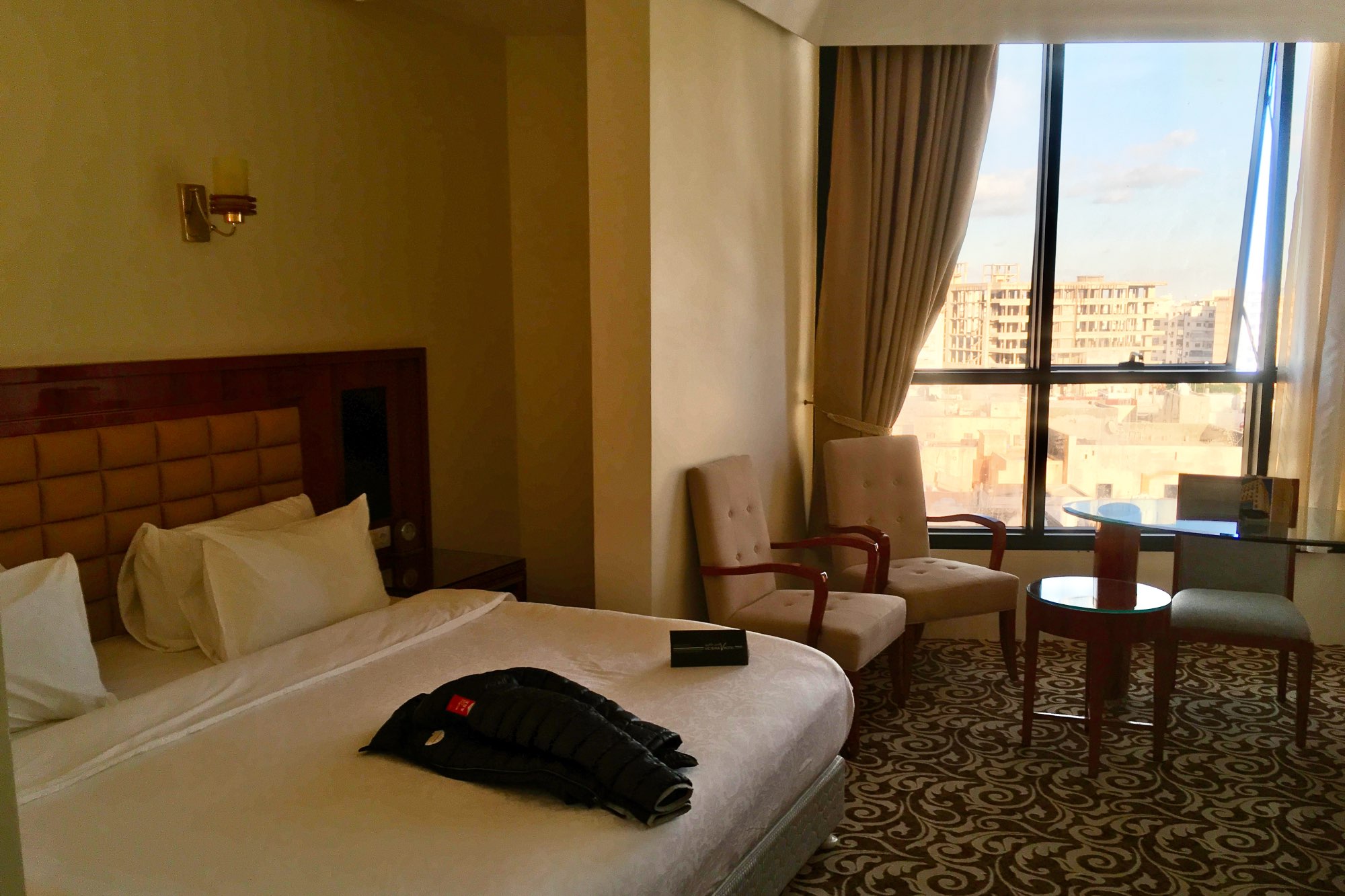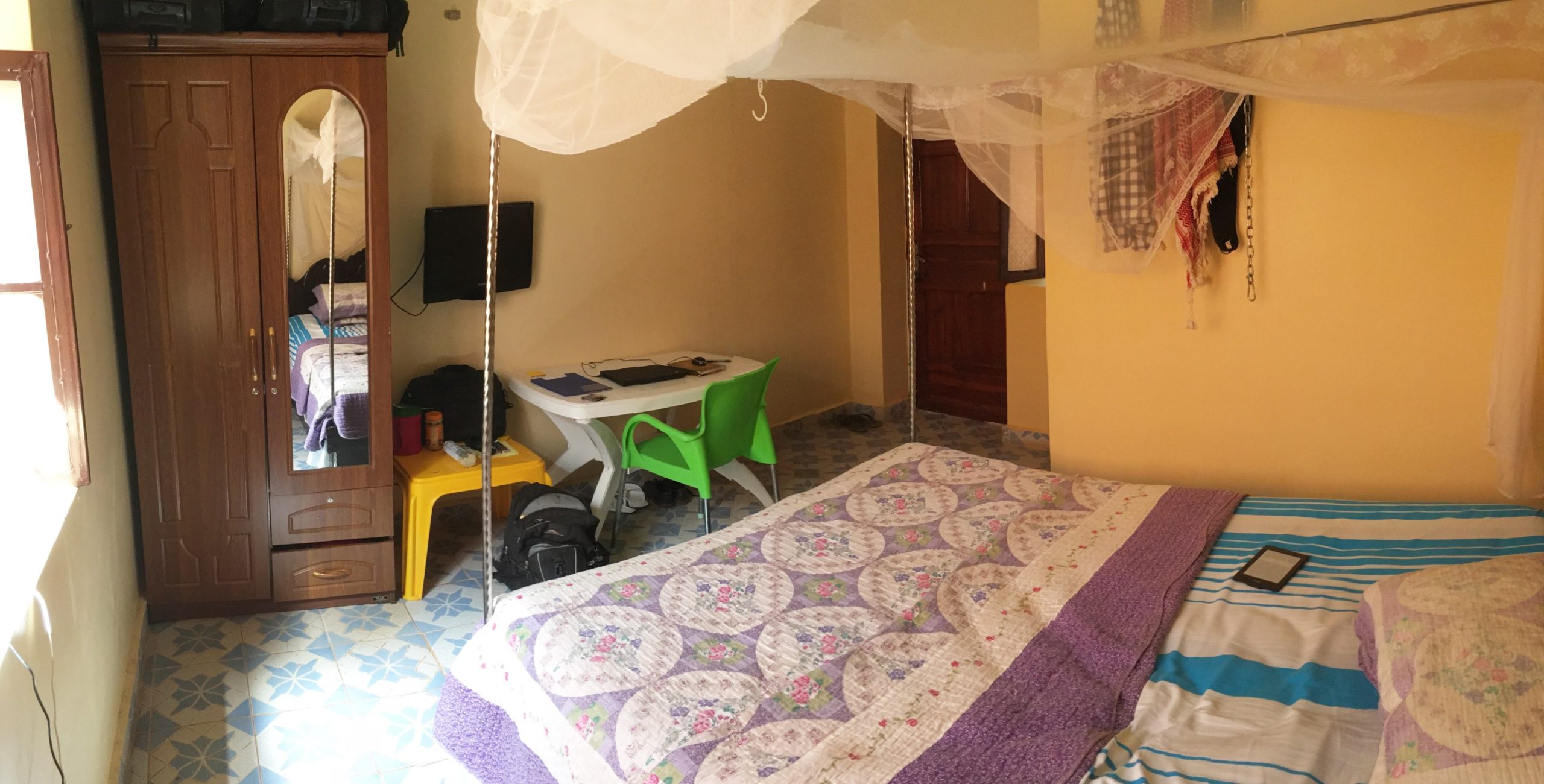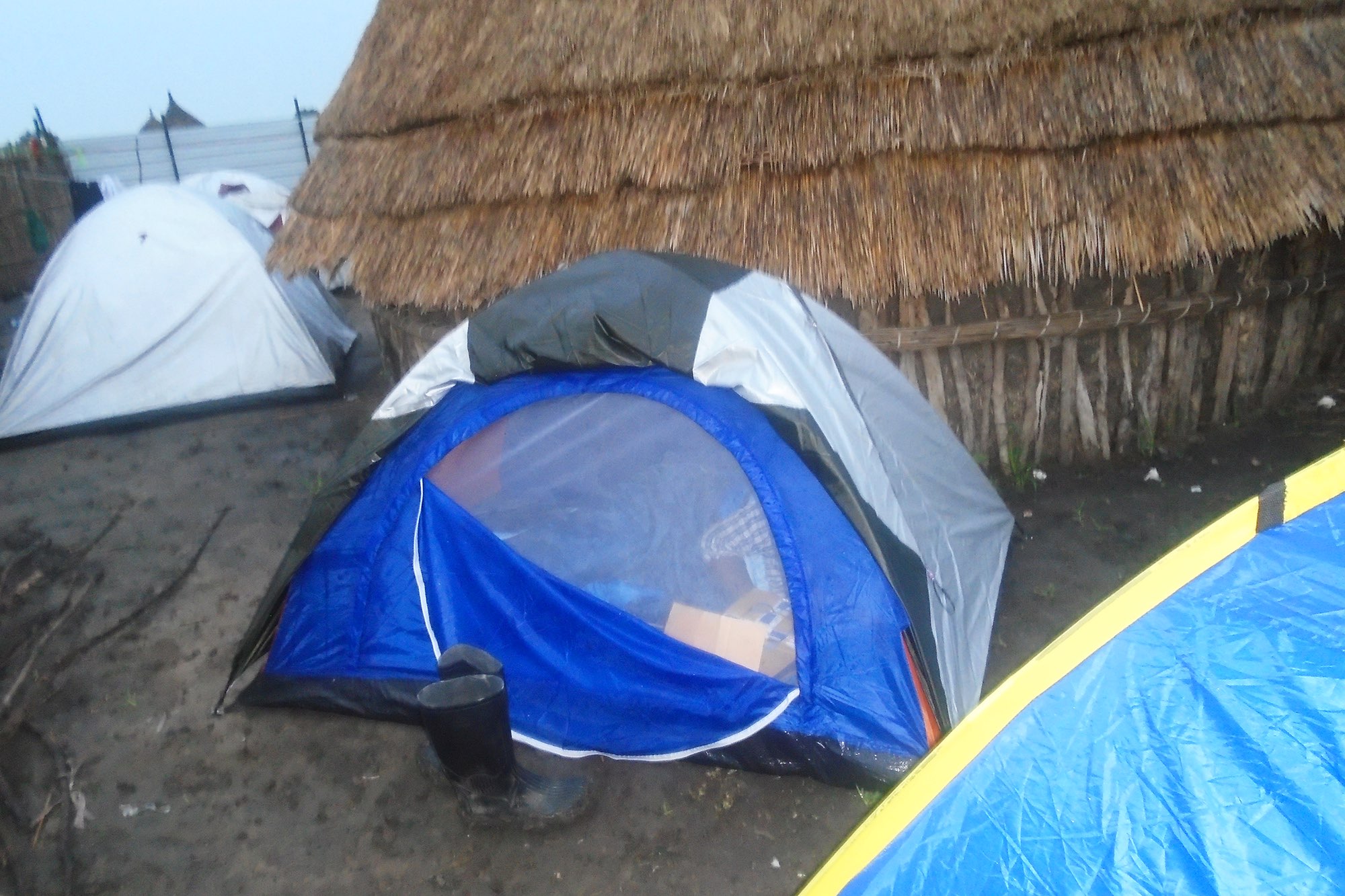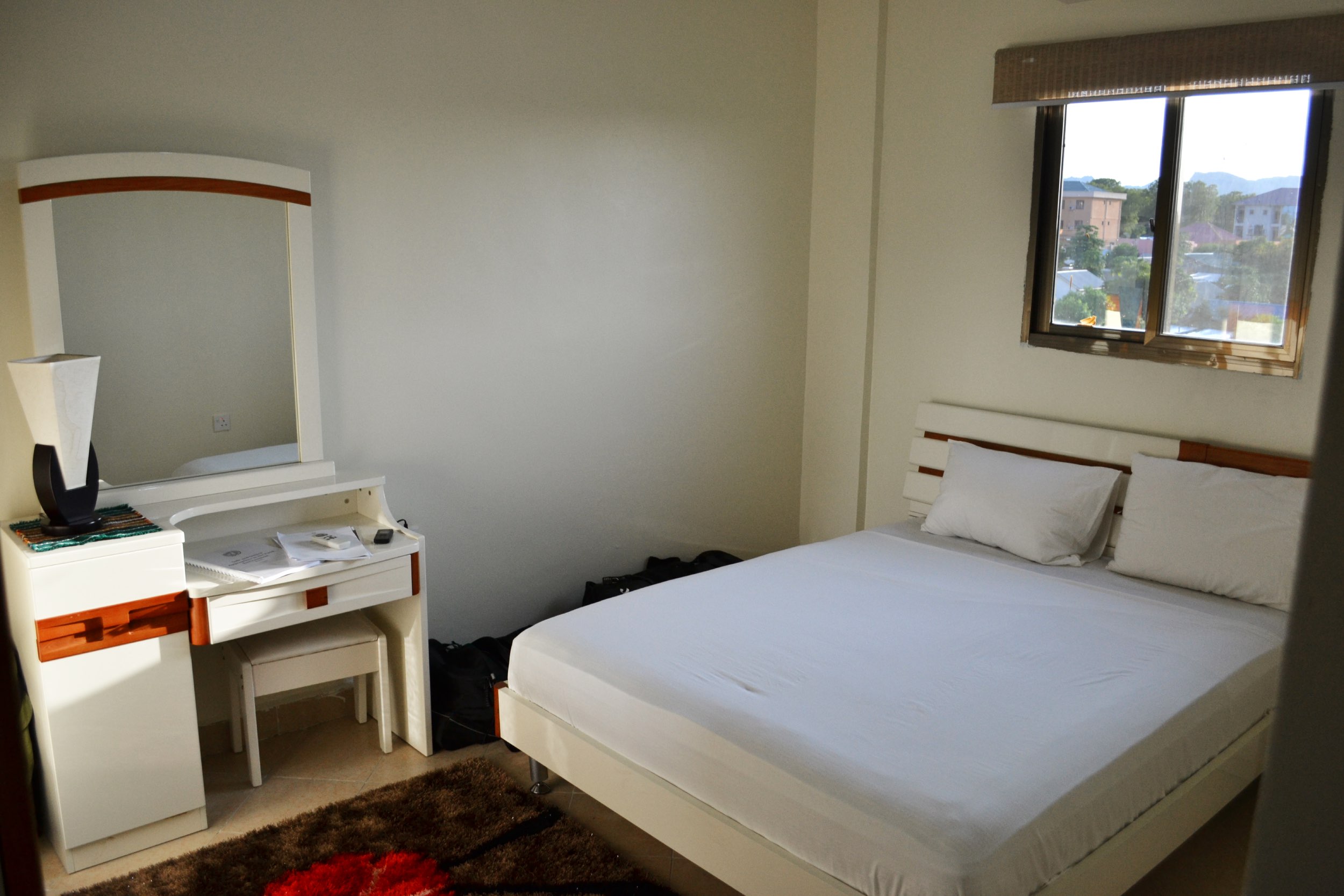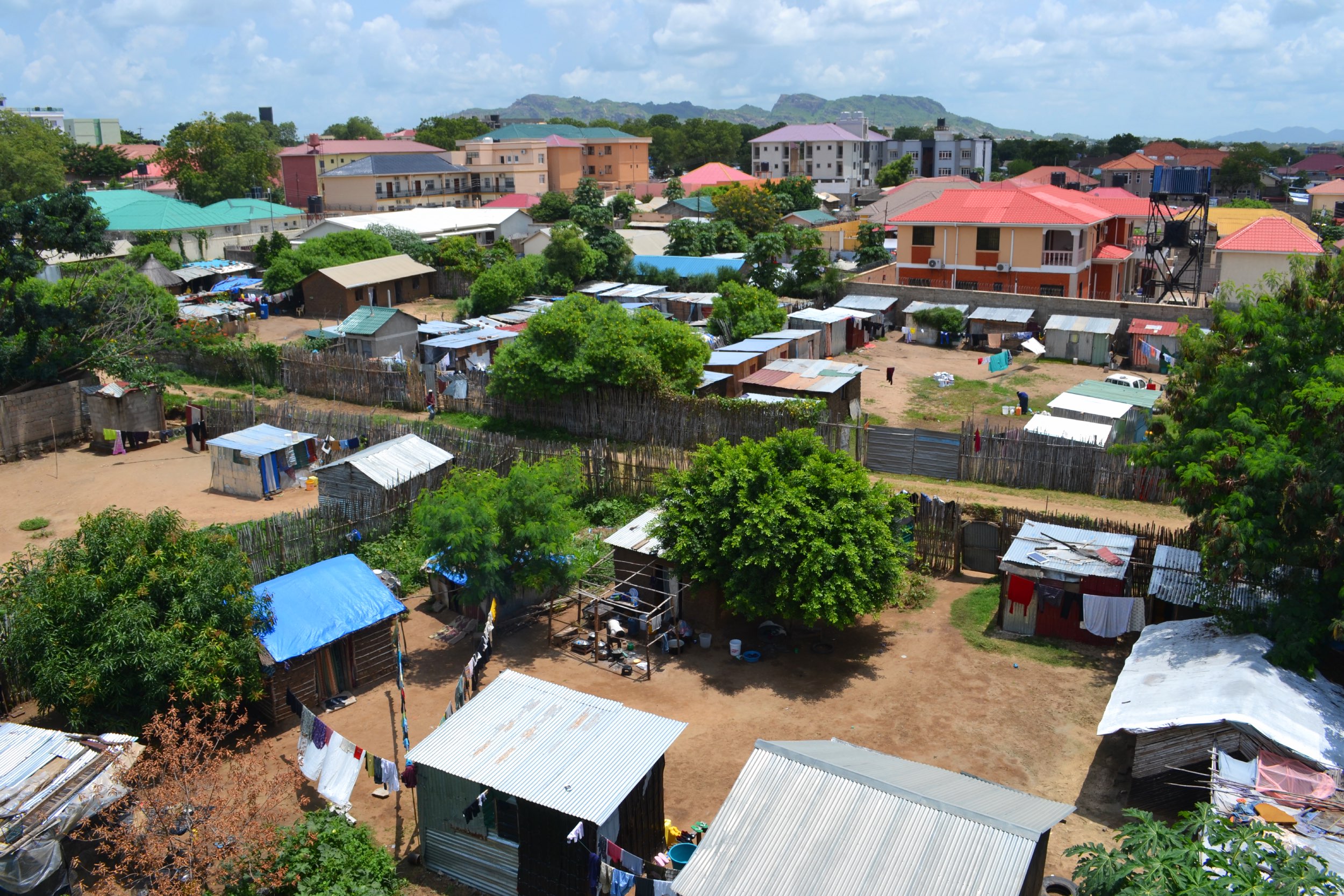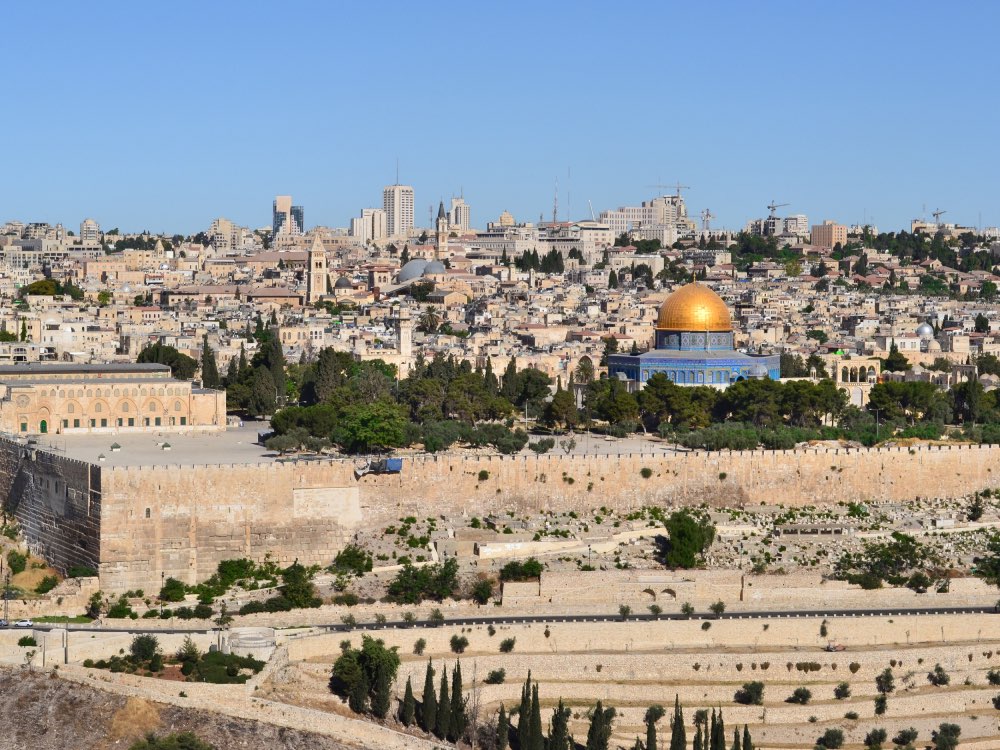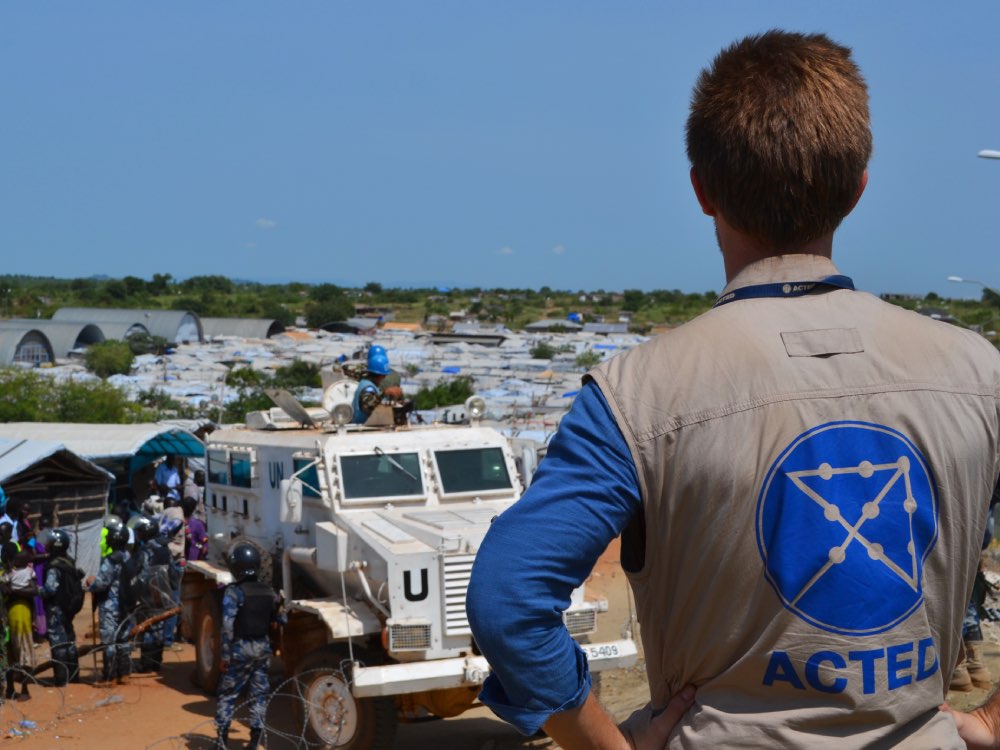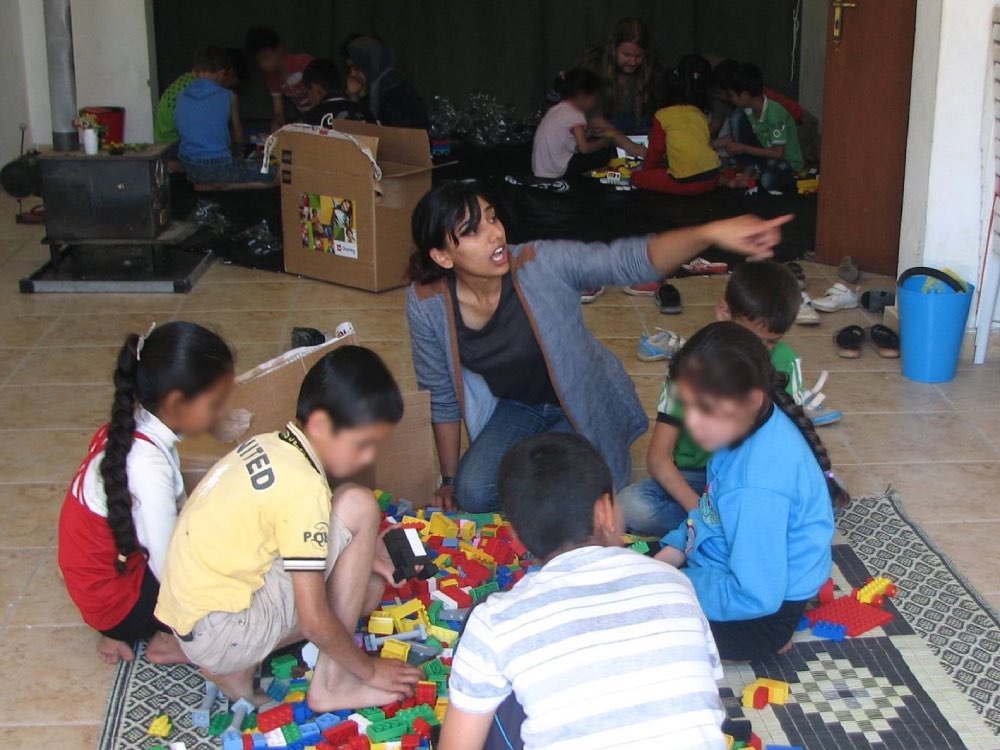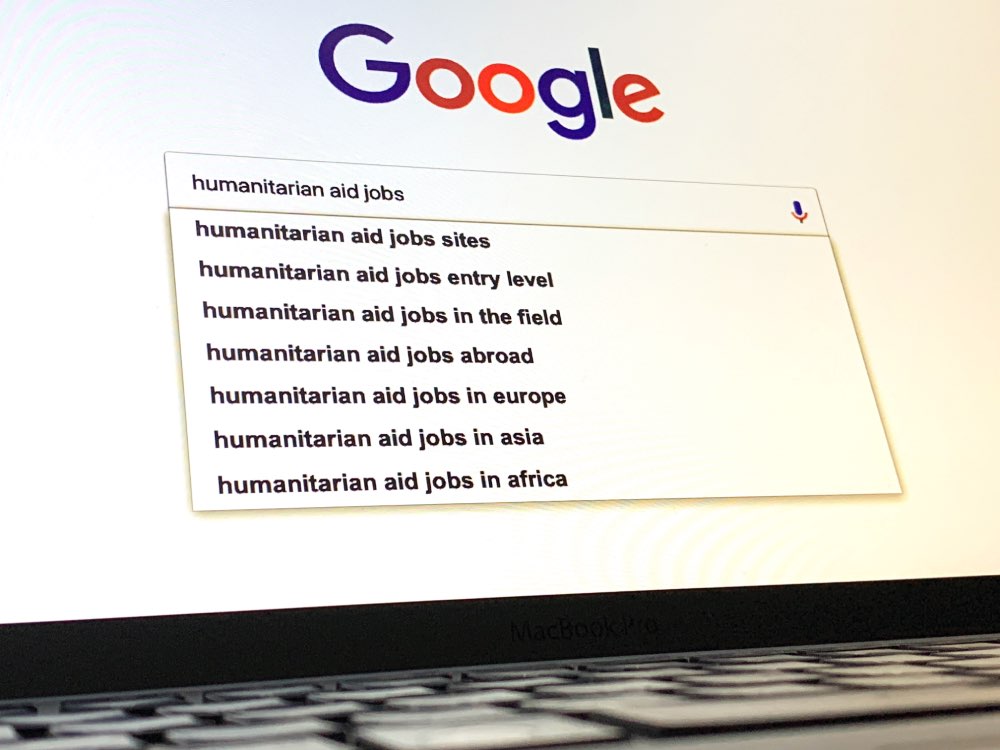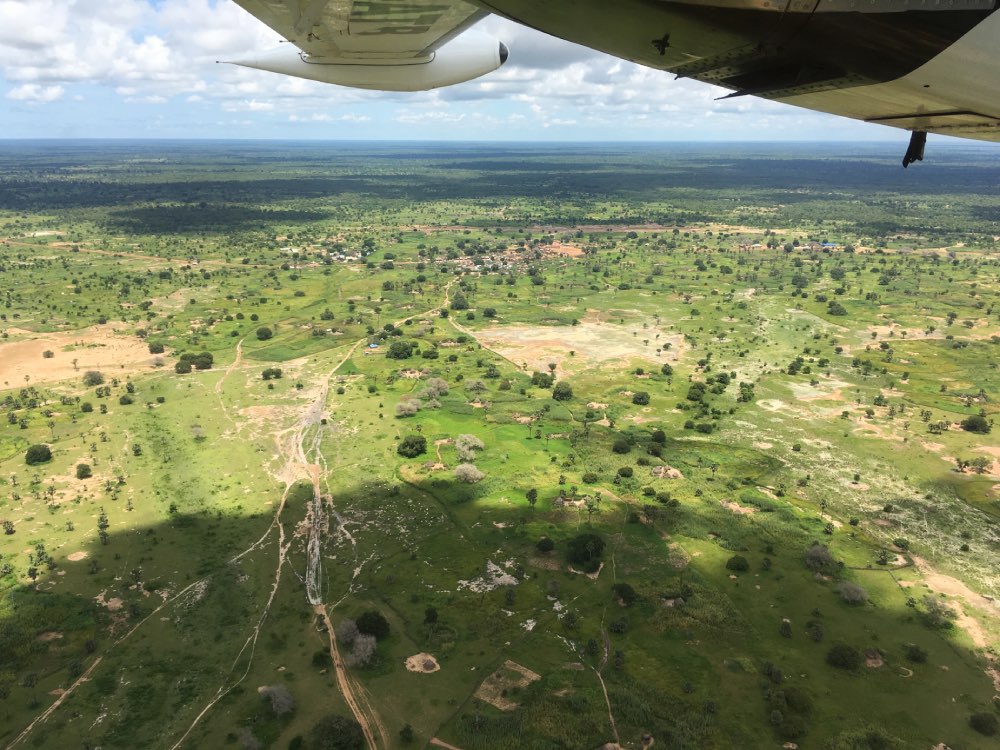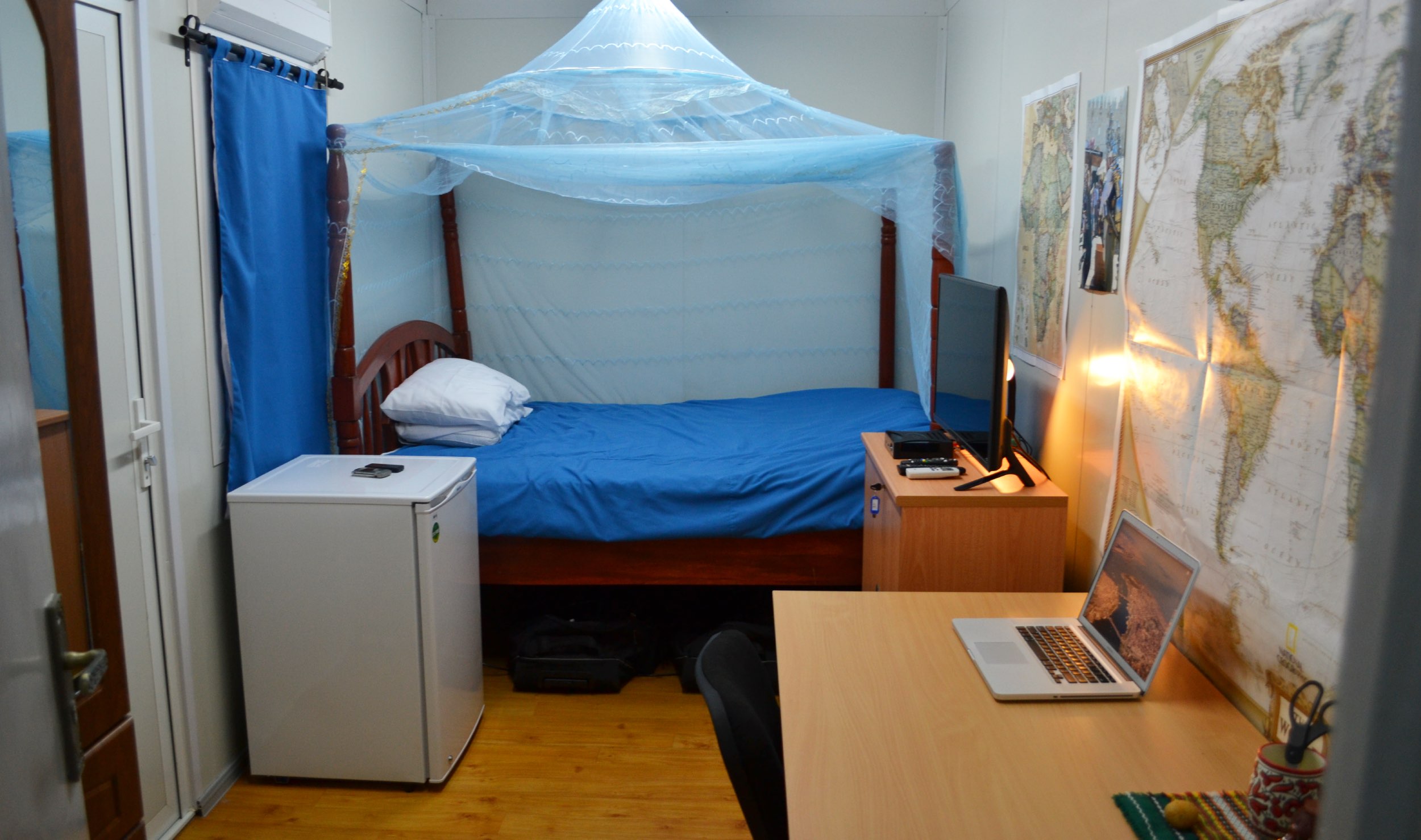
Will I live in a tent?
Take a peek inside aid worker accommodation, from apartments and guesthouses to containers and, yes, tents.
I’m often asked: “When you worked in IDP camps, did you live in a tent inside the camp?”
It’s a good question. The simple answer is: no, we did not. Due to security risks, humanitarians don’t live in IDP or refugee camps.
So if aid workers aren’t sleeping under canvas, then where do they live? The truth is that your living situation as a humanitarian depends on a number of factors, including the country, city, and local security situation, your organisation’s rules and restrictions, and to a lesser extent your salary and what you can afford.
In general, there are four types of humanitarian living arrangements: private accommodation, compounds, hotels, and tents.
We all know that a picture is worth a thousand words, so in the name of brevity, below you’ll find a gallery of 38 photos – rather than 38,000 words – to help bring these types of humanitarian habitation to life. Indulge your inner voyeur and take a peek inside.
private accommodation
Believe it or not, as an aid worker you may live in a private apartment. It’s usually only an option in what are dubbed “family duty stations”, where security threats are minimal. Family duty stations are in headquarters (think Geneva, Rome, or New York), in regional hubs (think Nairobi, Amman, or Bangkok), or, in cross-border contexts: in a “safe” country where the humanitarian response apparatus is based while the assistance is delivered across the border where a conflict is happening (think Tunisia-Libya, Turkey-Syria, or Kenya-Somalia).
Living in private accommodation feels like normal life. You have access to your own living space where you can come and go as you please, and which you can furnish and decorate according to your own tastes. Your neighbours are local folks, rather than your colleagues (which is excellent if you’d prefer to hear a stranger, rather than your boss, stomping around above you every morning).
The downside is that it requires more work to arrange and maintain a private home. It’s likely that you’ll need to find your apartment by scrolling through online advertisements, and negotiate and sign a lease directly with a local landlord. The cost of living in private accommodation can also be higher, as you may need to buy furniture and will pay rent each month – as opposed to other living arrangements (described below) where rent is covered by your employer.
Compounds
If you’re posted in the field, or really anywhere outside of a family duty station, compound living is the most common type of aid worker accommodation.
True, compounds may be more closely associated with religious cults and military bases than a traditional cozy place to call home, but you’ll eventually find that every compound has its charms, even if those charms are diesel generator fumes and security spotlights blasting through your bedroom window at night.
In the humanitarian world, compounds have many variations, but they commonly include a high perimeter wall topped by razor wire, a gate controlling access to the street, and a security guard on duty 24 hours a day. Many compounds also have an independent water supply and a backup generator for electricity.
Living conditions can be cramped. You typically eat, sleep, exercise, relax, and socialise within the walls. Usually everyone who lives inside the compound is a colleague. This can be great if you get along with your work mates, but it can be exhausting if you have to share the dinner table with your boss the evening after a blow-up argument in the office.
If you’re less lucky, your office will be inside the same compound as your living quarters. This means that your morning commute is a short walk across a courtyard or down a flight of stairs. In these settings, days or weeks can pass without you ever setting foot outside the compound walls. (This is the mind-numbing reality in some small humanitarian field offices in places like Yemen, Chad, Somalia, Afghanistan, and so on.)
But what you lose in personal freedom, privacy, and sanity, you gain in cost savings and ease of living. Compound accommodation is nearly always paid for by your employer, and it often includes hot meals prepared by a kitchen staff. If any problems arise, they are immediately fixed by your employer: if the toilet is clogged or the air conditioning unit stops working, it will be repaired. Daily room cleaning and laundry service – as in a hotel – is normally also included.
Inside the compound’s walls, there are usually two types of personal living spaces: containers or private rooms in guesthouse-style accommodations. In either situation, your toilet may be shared or private, while the kitchen is almost always shared.
Containers within a compound:
Apartments or guesthouses within a compound:
Hotels
Hotels are regularly used by aid workers on short missions, either to do an emergency needs assessment deep in the field, to attend a training workshop, or perhaps to monitor project activities. Such visits usually last from a few nights to a few weeks.
However, hotels are also occasionally used by humanitarian organisations as substitutes for long-term accommodation. If you’re posted to an area where there aren’t enough rooms in the organisation’s guesthouse, for example, overflow staff might be put up in a nearby hotel until more accommodation can be arranged. Sometimes these hotel stays can last for several months or even a year or more.
Similar to the private sector, when you go on “duty travel” the expenses of your hotel room are paid for by your employer. The amount usually includes a daily stipend for food and other expenses.
Tents
Okay, I admit it: I may have obscured the truth in my initial answer to the question of tent living. While it’s true that aid workers don’t live inside displacement camps due to security reasons, they are sometimes required to sleep in tents.
It’s rare, and it’s usually confined to the beginning stages of a new crisis – a fresh outbreak of armed conflict in a region or a natural disaster event – when there are no existing guesthouses or hotel accommodation. There is also, however, at least one case where an unpaid UN intern in Geneva lived in a tent due to lack of affordable housing options.
The uncomfortable reality
As an aid worker, I once lived on the top floor of an apartment building in the sixth poorest country in the world, which was also in the midst of a civil war.
I, and all the other international humanitarian staff in the building, enjoyed electricity, running water, Wifi, air conditioning, fully equipped kitchens, daily laundry service, imported furniture from Dubai, and a gym. There was even a rooftop bar with not one, but two, hot tubs.
My neighbours directly below my bedroom window, on the other hand, lived in corrugated metal huts with dirt floors, fetched water by bucket, and cooked over open fires. The contrast was stark.
It may seem like an extreme example, but this type of housing disparity is more often the rule than the exception in the aid sector.
For an industry that prides itself on altruistic values, how has this system of privileged living arrangements become the norm? Some might say that it is the remnants of a colonial-era mindset that never disappeared. Others might contend that it is a product of organisational pressures: if an aid agency wants to recruit international staff, they are incentivised to keep them safe and healthy, and one way to do that is Western-style living conditions cloistered behind a security wall.
For me, it felt like a little of both. And it always felt a lot of uncomfortable.
For new aid workers, feeling shocked and guilty about the contrasting living conditions is not uncommon. Over the years the sensation can harden into a mild cognitive dissonance: mental discomfort due to voluntarily engaging in daily hardship in order to achieve a worthy goal. To some, living in relative comfort is a necessarily evil in order to be able to help people who are in dire need.
How you will navigate this uncomfortable reality is worth reflecting upon as you begin your career.
March 2022
Related posts
An unlucky number of true anecdotes, success stories, and lucky breaks.
Don’t bother with the United Nations. Aim for NGOs that you’ve never heard of before.
From medical assistance and food distribution to logistics and finance, your humanitarian career is shaped by your technical specialisation.
The Syria-based Protection specialist reflects on the power dynamics of aid and the privileged position that humanitarians often have in fragile countries.
The veteran Camp Manager explains why the job is among the most challenging in the industry. And why, after nine years, it’s also her favourite.
You could skip this article and just go to ReliefWeb.
Growing up in rural Sweden, the Red Cross delegate never aimed to be an aid worker. Now, at 33, he has built a career working with communities amid crisis and conflict.
Some aid workers spend their career chasing the field. It’s an illusion that is always just over the horizon.



